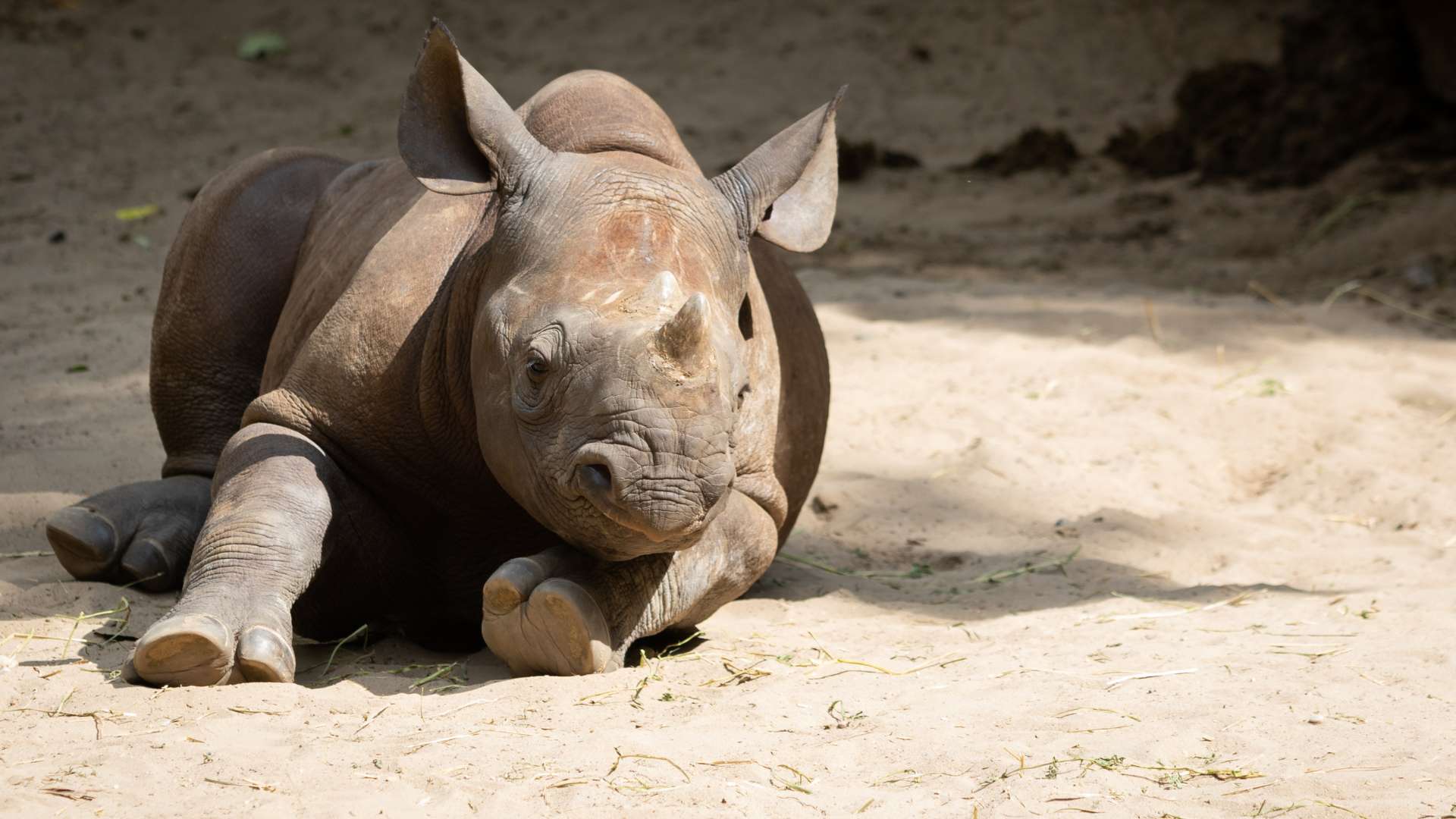
Care for Wild announces birth of first-ever Black Rhino calf
In what is world breaking news, Care for Wild Rhino Sanctuary has said that their first critically endangered Black Rhino calf had been born.

Black rhino calf born at Care for Wild
South Africa’s Care for Wild Rhino Sanctuary recently announced the happy news of the first critically endangered Black Rhino calf born to two orphaned poaching survivors.
According to a post on Facebook and what is an extraordinary milestone, the rhino sanctuary said that their rescued and rehabilitated rhino orphan Phoebe had given birth to her first calf – a male.
The new calf’s mother, Phoebe was just 18 months old when she was rescued in 2017 after poachers killed her mother and sister in Kruger National Park. Phoebe was brought to Care for Wild, where she received extensive care and rehabilitation.
Then in early 2018, Phoebe was joined by Ratu, another black rhino calf rescued after his mother was also found dead in Kruger National Park. The two orphans underwent a complex rehabilitation process, including a rewilding and reintroduction program and have now successfully welcomed their first Black Rhino calf.
Phoebe an “excellent mom”
Care for Wild has posted updates of the new Black Rhino family, saying that Phoebe was an excellent mom.
“As an orphan herself and a first-time mom, we were unsure how Phoebe would handle the transition to motherhood but she is coping beautifully and her calf is drinking well and regularly. She is an excellent Mom and even Dad Ratu is keeping a close eye on his son.” they said in their Facebook post.
The sanctuary added that they were also a little concerned that the rhino calf seemed to have developed a limp.
“It’s difficult for rangers and caregivers to get close to see clearly, but at present he is still putting weight on his foot and is managing to keep up with his Mom. We have been in conversation with our veterinary team and for now, our rangers will continue to observe closely through binoculars and thermal optics over night. With first light we will know more.” they said.
The baby rhino has since had x-rays done to rule out any fracture or breakage, all of which have been clear.